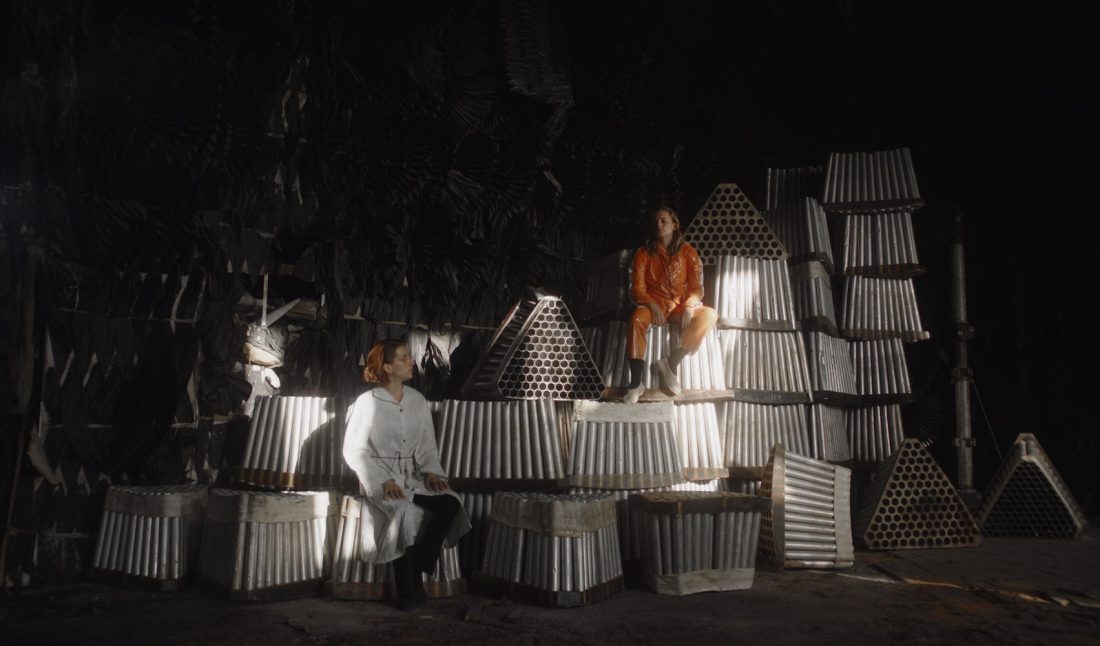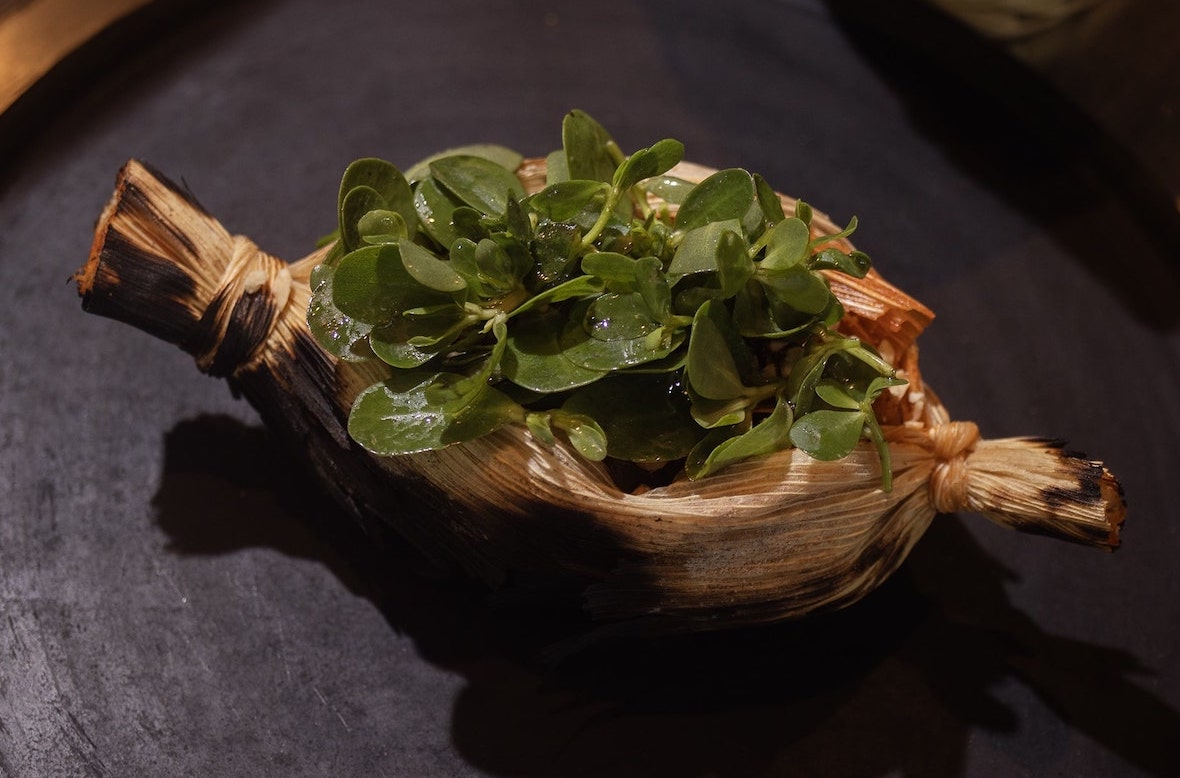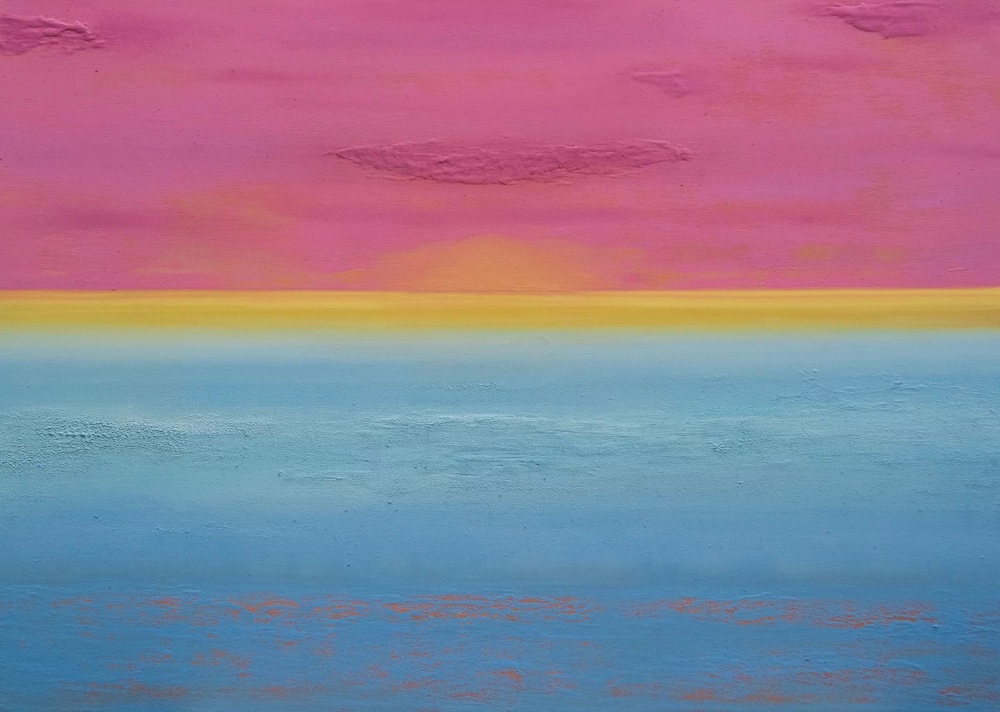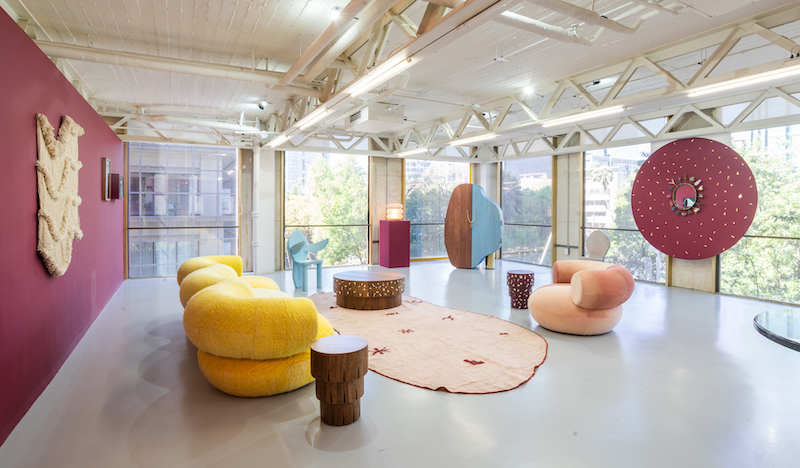On April 18, the first edition of TONO Festival, a vivacious and avant-garde platform for time-based artworks, debuted in the heart of Mexico City, currently on view through April 30. Founder and curator Samantha Ozer presents a spirited and welcoming space for video art, performance, and dance in museums and galleries throughout the richly historic city, encouraging impassioned dialogues on ecological connection and unveiling verdant avenues of cultural research.
Ozer has lent her skills as an ever-intuitive curator to art institutions such as MoMA and the Racial Imaginary Institute, is a dedicated researcher at the MIT Media Lab, and is an ongoing contributor to leading publications Artforum and Purple Magazine. With her latest electrifying endeavor, Ozer focuses on the theme of “rhythm” as it manifests and sparks communication throughout our social structures, and provides a poignant language for self-identification.
A radiant array of international artists were selected to participate in the main program including Paloma Contreras Lomas, Diane Severin Nguyen, Naomi Rincón Gallardo, Alberto Bustamante, Lauro Robles, and Pepx Romero, just to name a few. The two-week festival energizes Mexican institutions such as Museo de Arte Moderno, Centro de Cultura Digital, Museo Ex Teresa Arte Actual, and Laboratorio Arte Alameda, bringing together cultural figureheads and art lovers alike for a compelling examination of interspecies bonds and connections through music, movement, and visually engaging installations. Whitewall had the opportunity to speak to Ozer about Mexico’s roots in performance art, the politics of sound, and the profound nourishment of community on our environment and ourselves.
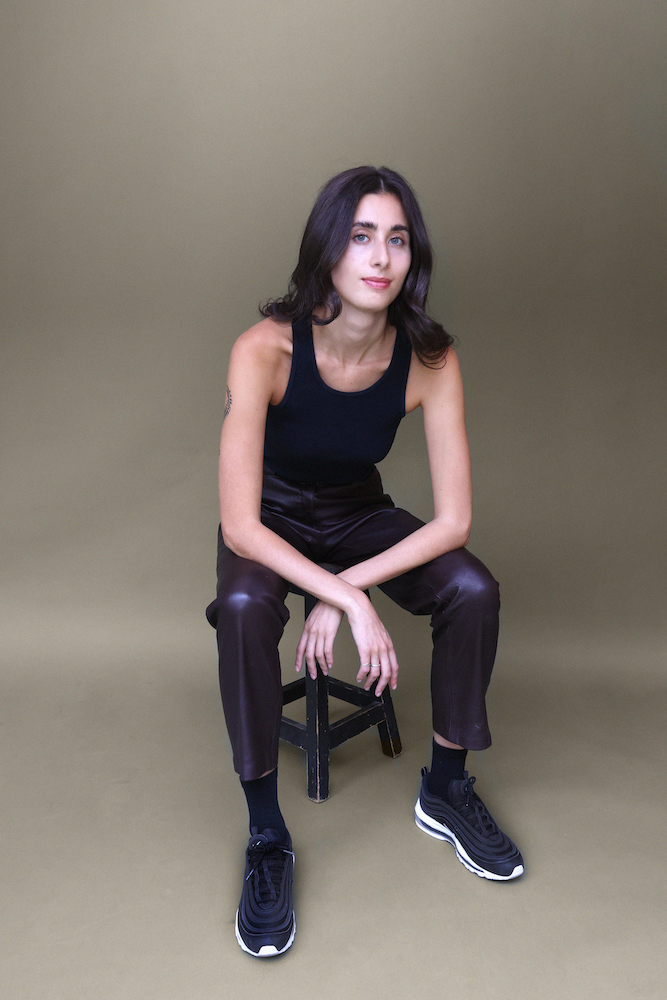 Photo by Alex Cruz, courtesy of Samantha Ozer.
Photo by Alex Cruz, courtesy of Samantha Ozer.
WHITEWALL: What was the starting point for “TONO” as a festival featuring time-based artwork and what ties the project so strongly to Mexico City?
SAMANTHA OZER: TONO is very much a product of Mexico City and my experiences of organizing projects here and the current art scene. Mexico City has an incredible art community, with many commercial galleries, a range of institutions, and a lot of artists living here and many now moving here or are very interested in presenting their work here.
When I was working at MoMA, New York, I would come down for Zsonamaco week, Latin America’s biggest art fair, and immediately was interested in the projects people were working on and how open people seemed for collaboration.
When I found myself living here for a few months while in a grad program, I ended up collaborating with Toni Sadurní from Nordenhake Gallery on a screening series that brought together an incredible intergenerational and international group of artists, from Yang Fudong, Tuan Andrew Nguyen, Himali Singh Soin, and Basma Alsharif to Wangshui, Karrabing Film Collective, Cécile B. Evans, and Kiluanji Kia Henda, amongst others.
From there, the artist Alejandro Chellet invited me to curate a performance program he had begun developing at Ex Teresa Arte Actual. From these experiences, I started speaking with more artists and curators about growing a project and in August I formally reached out to the first museum to gauge their interest.
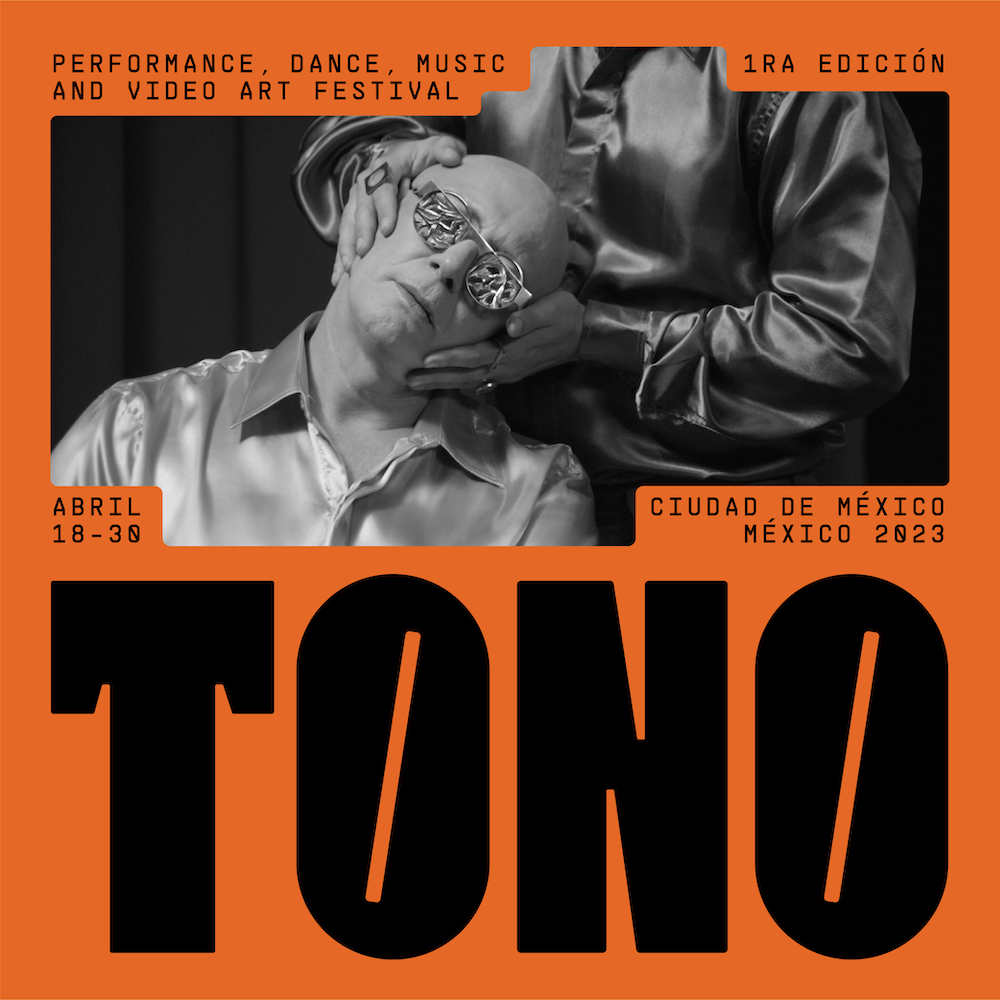 Courtesy of TONO.
Courtesy of TONO.
WW: How are dance, performance, and works of music integral to the festival as well as reflective of the history of the region?
SO: As the festival focuses on time-based works, for me, dance, performance, and music are integral to this vision. Historically, there is a rich history of performance art in Mexico City, especially championed at museums like Ex Teresa Arte Actual, which I’m thrilled to be collaborating with for TONO.
There is, of course, an incredible history of filmmaking in Mexico and there continues to be a lot of exciting new productions as well as experimental sound art. However, with video art and installation, there has been less institutional support and focus on this type of production—institutions like Laboratorio Arte Alameda have always been more experimental and presented large-scale video installations, and more recently the Museo Tamayo has presented more video, including shows by Miguel Calderon and a current show with Albert Serra.
With TONO, I am interested in thinking about time-based practices in the context of one another and not as separate fields—so how moving images relate to performance, and to music, etc. This is why it was important for me that TONO didn’t focus on just performance or video but really brought them together.
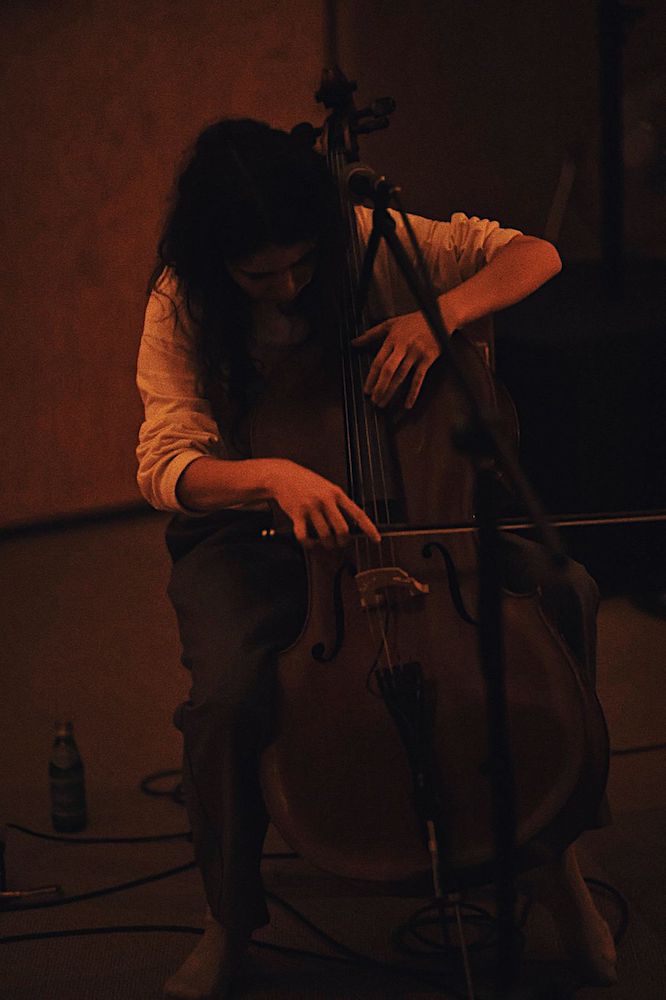 Photo by Pablo Astorga, courtesy of TONO.
Photo by Pablo Astorga, courtesy of TONO.
WW: What was the process like selecting the diverse, international lineup of artists, and how did your theme of “rhythm” come into play when making those decisions?
SO: I have always been interested in the relationship between sound and moving image. This more formally took shape through the research project “Set to Go ” which began as a screening program at Space52 in Athens in 2021, and later developed into a video program for Material Art Fair in Mexico City in 2022. Taking its title from Bárbara Wagner & Benjamin de Burca’s video Faz que vai (Set to go) (2015), this program considered the multivalent potentialities between music and dance and the political possibilities for how these entangled forms of cultural production both shape and indicate personal, collective, and even national identities.
When I started developing TONO, I pulled from these projects, in terms of ideas, but also brought some artists over, such as Lotte Andersen and Luiz Roque. So conceptually, I am interested in how rhythm acts as a thread to explore different group dynamics and social structures and also as a form of communication, whether that be with other humans, animals, or even other species as the idea of the alien comes into play in many of these videos.
I’m really excited by these works because from an immediate perspective, the use of sound draws you in and they are proof that visual allure does not have to be divorced from conceptual rigor and political engagement. Many address heavy issues such as climate change, racial violence, state violence, immigration, colonialism, sexuality, faith, and revolution, though use a visual and sonic language that makes you want to stay with the work, and in many instances move—whether to the beat of reggaeton, gospel music, dancehall, or techno, amongst others.
Curatorially, my approach is quite intuitive and once I start working with an artist I take that as the beginning of a conversation that ideally will flow into future projects. Several TONO artists I had worked with before, either presenting existing work or on new commissions. For others, I had already been in conversation with them and TONO presented as the first opportunity where it made sense to work together. I’m also excited that some TONO artists made suggestions and introductions for artists in the program. So in that sense, the curation is very rhizomatic.
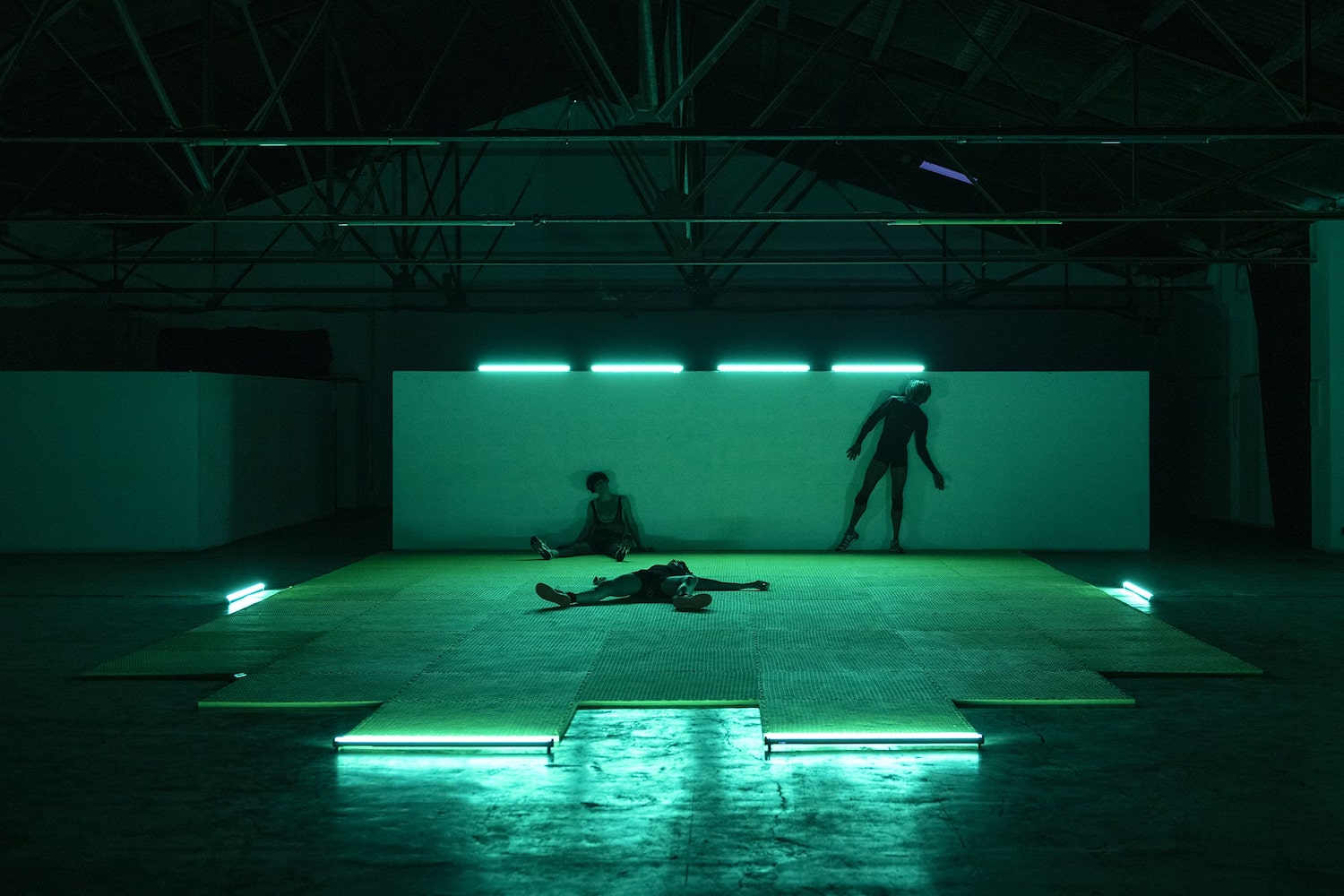 Courtesy of Ligia Lewis.
Courtesy of Ligia Lewis.
WW: How is a performance artist like Jao Moon—a dancer and choreographer who gives a new voice to gender identity and the Latin American diaspora—in meaningful conversation with a video artist such as Arthur Jafa—who tackles the vibrancy and the alienation of black music in American culture?
SO: In The Lifetime of Fire (2022), Jao Moon lit candles in a mask upon his head and slowly moved across the room. As the candles melted, the wax left marks on his skin and at moments he moaned and cried out. As it was performed in a covered cavernous space with open walls at the Museo Anahuacalli, the sound of Jao Moon’s breath and movements were in conversation with the rain and crickets coming from the museum’s gardens. Informed by his experience of growing up in the marginalized periphery of Cartagena, Colombia and living in an environment of constant resistance, this ritual between pain and pleasure sought to decolonize ancestral memory through fire. Like many of Jao Moon’s works, this performance played with light and the temporal aspect of the elements as the performance surrendered to the time in which the candles burned.
While Arthur Jafa has stated that he is not a believer, akingdoncomethas (2018) presents what Jafa calls the “superpower that Black belief is,” namely the resistant act of imagining a different future, often expressed through immaterial expressions such as singing and dancing. Through generations of oppression—on a slave ship, a plantation, or a prison—Black Americans have continued the gestures of oration and movement. This film brings together over 100 minutes of found footage of Black church services in the United States and celebrates this embodied expression of belief and the power of community and music in the wake of catastrophe.
So for both Jao Moon and Arthur Jafa, movement and oration is a form of ritual and an act of resistance.
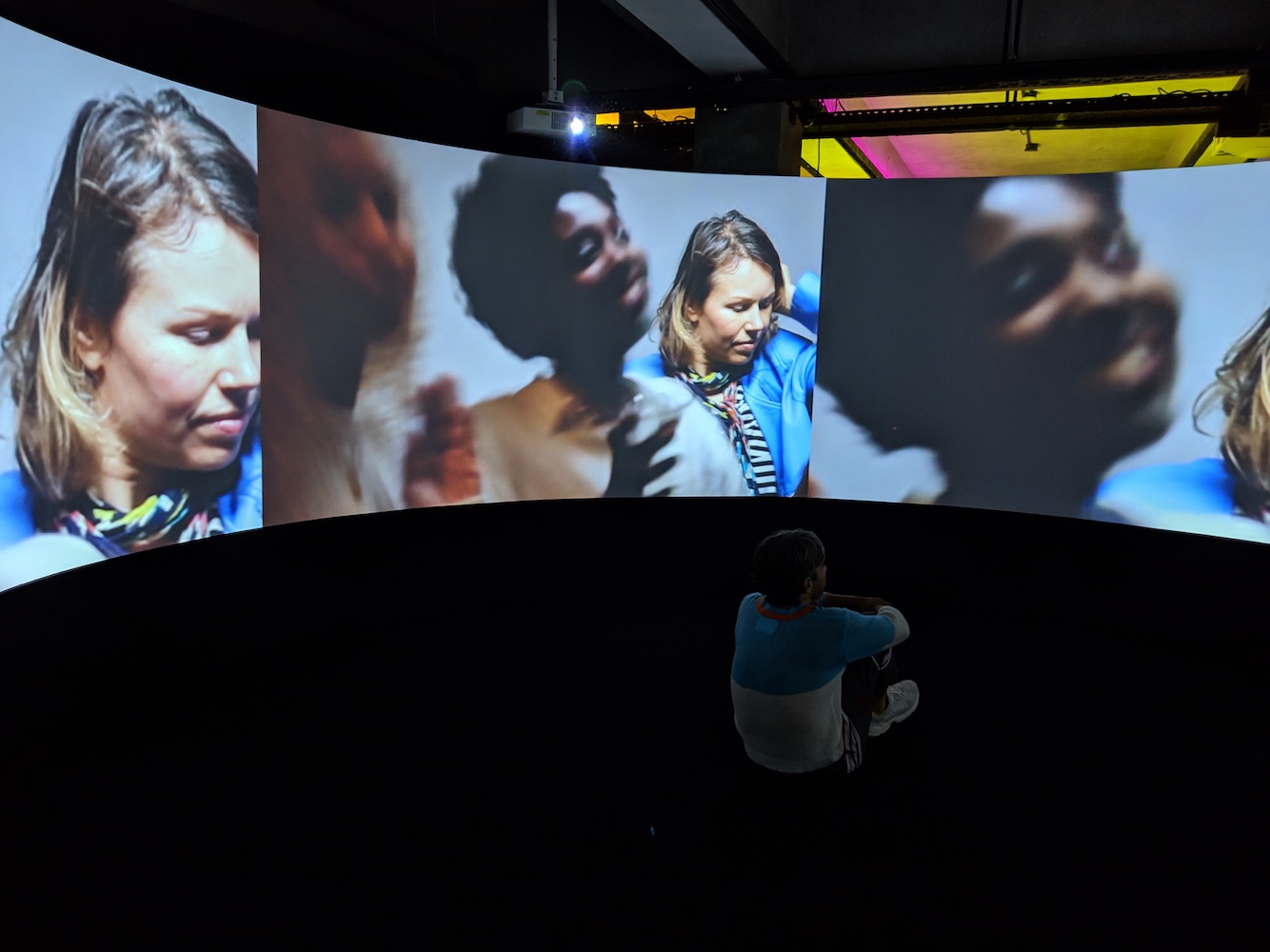 Courtesy of Lotte Andersen.
Courtesy of Lotte Andersen.
WW: What are some of your favorite must-see performances and installations of the festival?
SO: In terms of the performances, I am particularly excited by the ways in which architecture interacts with the work. We are hosting two performances in the rotunda of Museo de Arte Moderno–the first a movement-based performance by Osías Yanov and the second a music-based performance by Lotte Andersen, Naima Karlsson, Max Manzano, and Alonso-Leon Velarde that plays with the echo of the space.
In terms of the videos, Arthur Jafa’s installation is presented in Laboratorio Arte Alameda, which was a former church, so the video content interacts in a very poetic way with the space. At the Museo Anahuacalli, we are presenting an installation by Naomi Rincón Gallardo that she actually tried to film at the museum; however, due to covid restrictions, it was not possible. The video references many gods that are represented in the museum’s collection so there is a grounding in having the work installed inside of the pyramid.
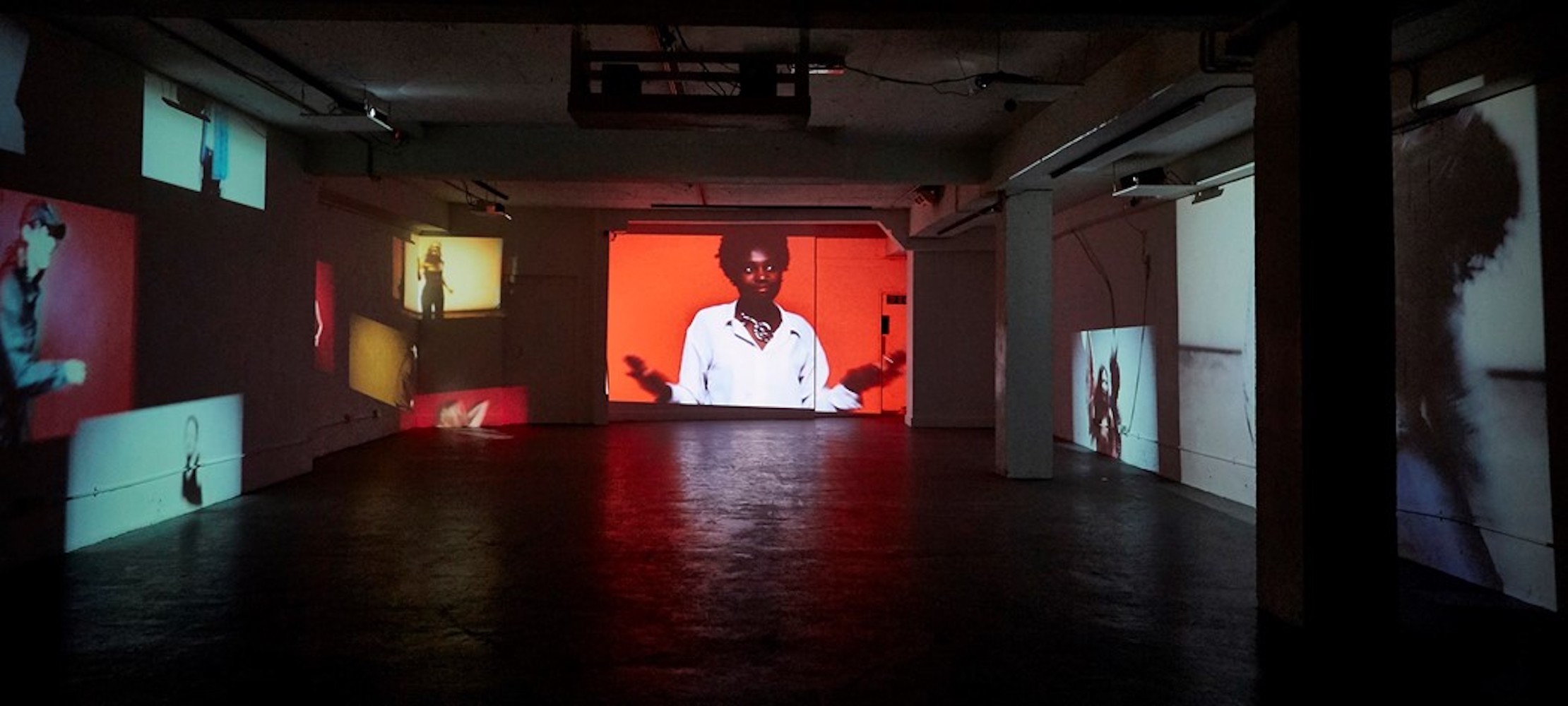 Courtesy of Lotte Andersen.
Courtesy of Lotte Andersen.






